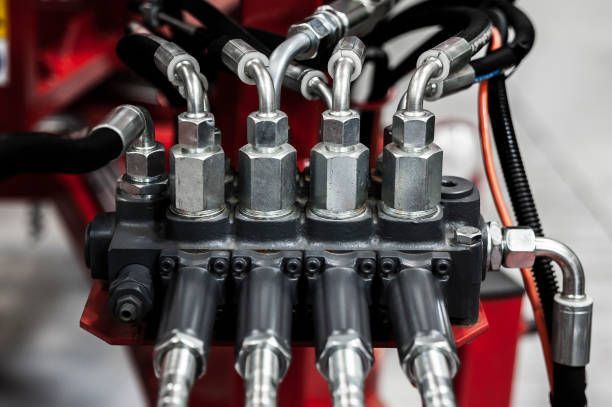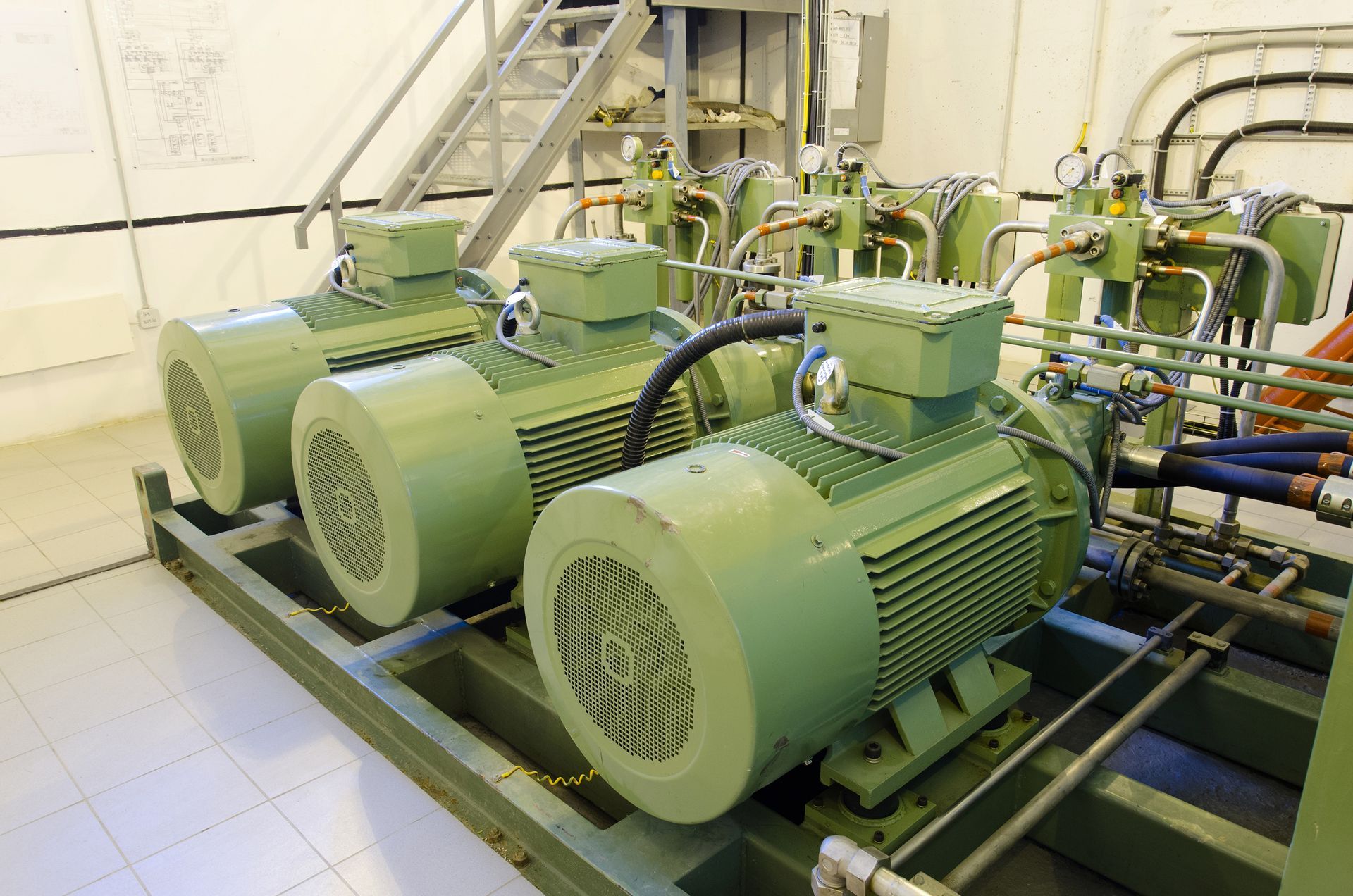Hydraulic System Components: How They Work and Why They Are Important
Hydraulic systems are in almost every type of machine. Therefore, you should know precisely how these components work. This information will let you know how efficiently your system works. Read on to discover some of the essential parts that work together to operate a hydraulic system.
Accumulator
The accumulator stores energy in the form of fluid under pressure and releases it when required. It acts as a buffer between the pump and the actuator, absorbing shocks and peaks in demand. Also, accumulators can restore system pressure in case of leaks or other issues that might lower internal pressure.
Filter
The filter removes contaminants from the hydraulic fluid. It is usually located between the pump and the reservoir or between the reservoir and the actuator. Filters ensure that the hydraulic system does not malfunction due to clogging or internal wear.
Actuator
The hydraulic actuator converts hydraulic energy into mechanical energy. It consists of a cylinder and a piston, which connect via a rod. The piston activates due to the hydraulic pressure, which drives the rod to move back and forth. This motion can perform work, such as moving an object or operating a machine.
Motor
The motor is the component of the hydraulic system that converts fluid power into mechanical power. The motor consists of a pump, a control valve, and a cylinder.
Pump
The hydraulic pump moves hydraulic fluid from the reservoir to the actuator. The pump ensures the actuator receives constant fluid volume to maintain system pressure. It also circulates the hydraulic fluid throughout the system.
Valve
A valve controls the flow of fluid in a hydraulic system. The control valve regulates the flow of fluid to the cylinder. The cylinder contains a piston connected to a crankshaft. The crankshaft turns as the piston moves up and down in the cylinder. This motion drives the load attached to the crankshaft.
A hydraulic system contains two types of valves: a directional flow valve and a control flow valve. Directional flow valves direct the flow of fluid by allowing the fluid to flow in only one direction. Control flow valves regulate the flow of fluid in a system by controlling the speed or pressure of hydraulic cylinders. Control valves can also shut off the flow of fluid completely.
Valves are located at critical points in the system, such as where lines branch off or fluids enter or exit components. By opening or closing these valves, the system can control the flow direction and amount of fluid.
Pressure Regulator
The pressure regulator regulates the pressure of the fluid in the system. The pressure regulator sits between the pump and the reservoir in the system. It controls the fluid pressure by regulating the flow between the pump and the reservoir.
Hydraulic Reservoir
A hydraulic reservoir is a tank that stores hydraulic fluid for a hydraulic system. The reservoir allows the fluid to expand and contract as it flows in and out of the system. It also helps to keep the fluid cool and prevents it from contamination.
Seals
Hydraulic seals prevent leakage in a hydraulic system. They are located between moving parts such as piston rods and cylinders. Hydraulic seals allow the system to maintain pressure by sealing the gaps between these moving parts.
Pipe System
Pipes transport fluids within a hydraulic system. They connect the pump to the actuator or reservoir. Pipes come in different sizes and materials, depending on the system's operating conditions. For example, the hydraulic system can use hoses if the operator prefers flexibility.
The hydraulic system is a series of mechanical components that create movement. If you know how important the parts of a hydraulic system are, you can maintain and assess your machine better. For example, you can detect machine problems by investigating if every component works correctly.
You should only seek services for hydraulic system components from a reputable company. Consider Quad Fluid Dynamics Inc for hydraulic rebuilding, manufacturing, and service.


